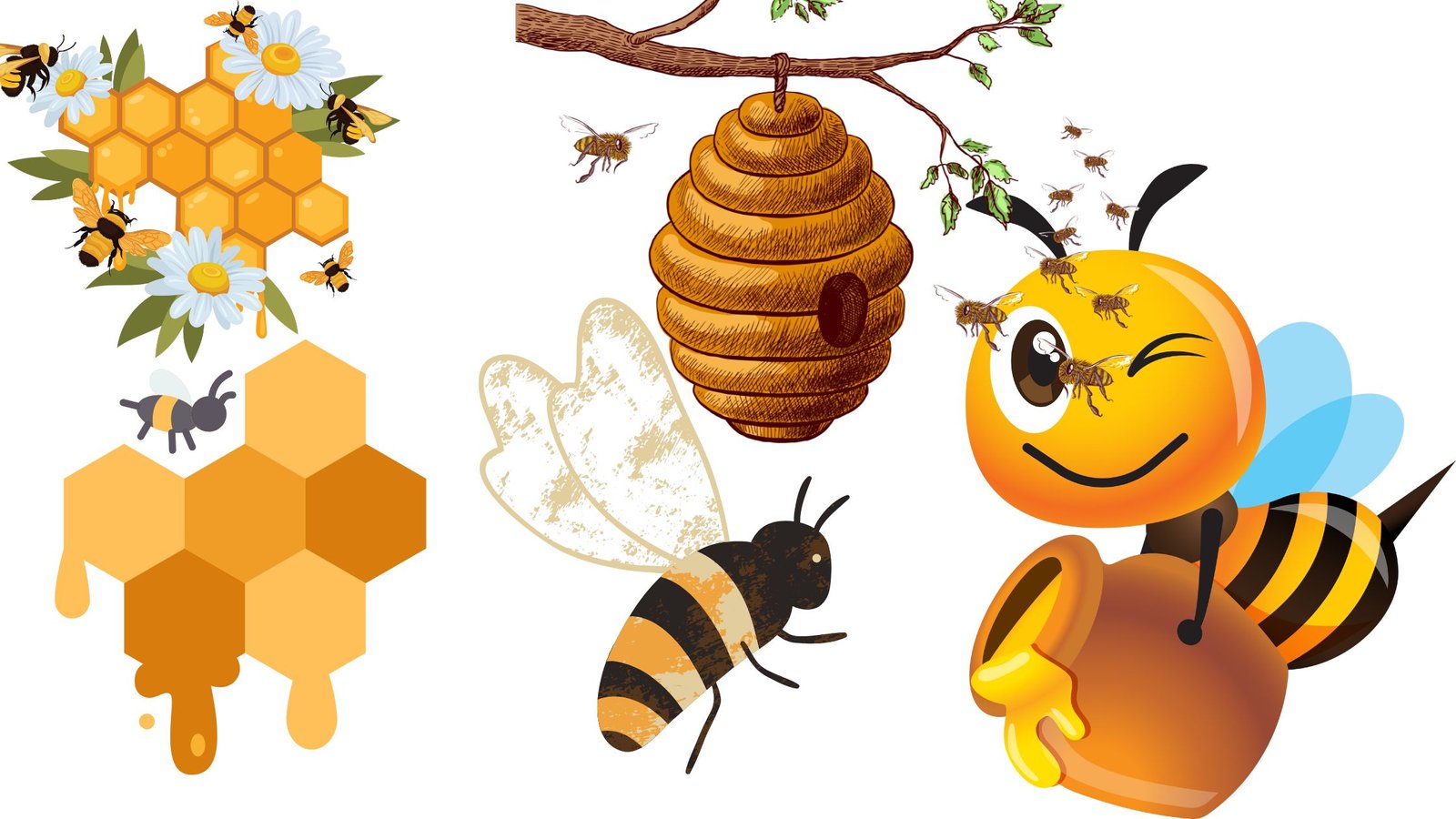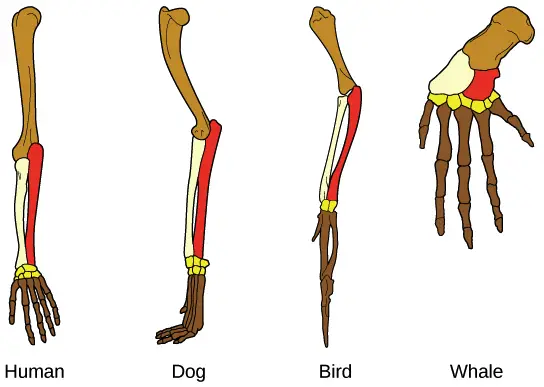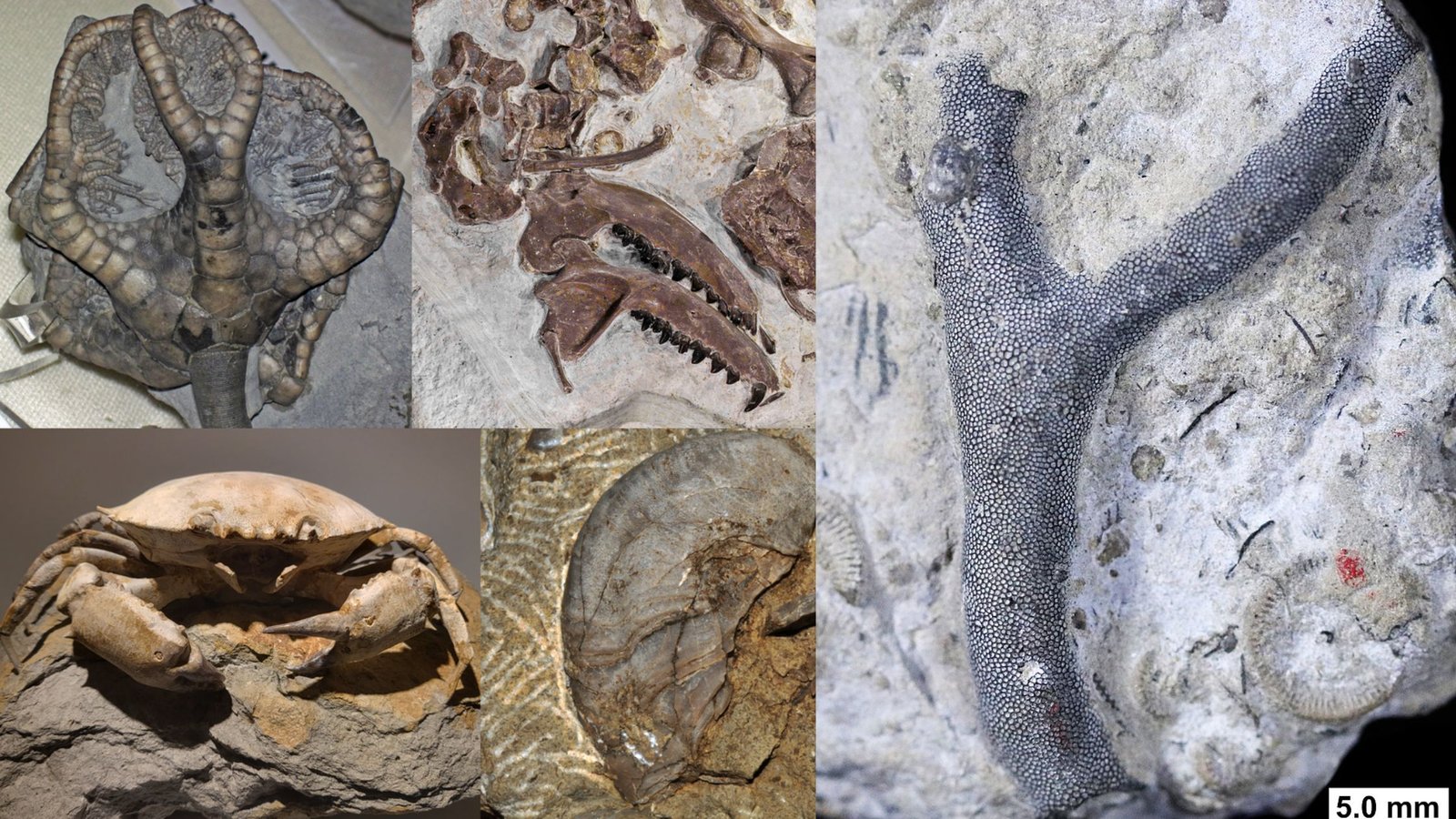Mechanisms of Behaviour
What is Animal Behaviour? Mechanisms of Behaviour Mechanisms of behavior play a crucial role in understanding how animals respond to their environment. Here are some key mechanisms: Understanding these mechanisms helps researchers unravel the intricate ways in which behavior is shaped and regulated in animals. By studying innate behaviors, instincts, stimulus filtering, sign stimuli, and … Read more









